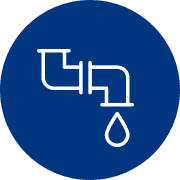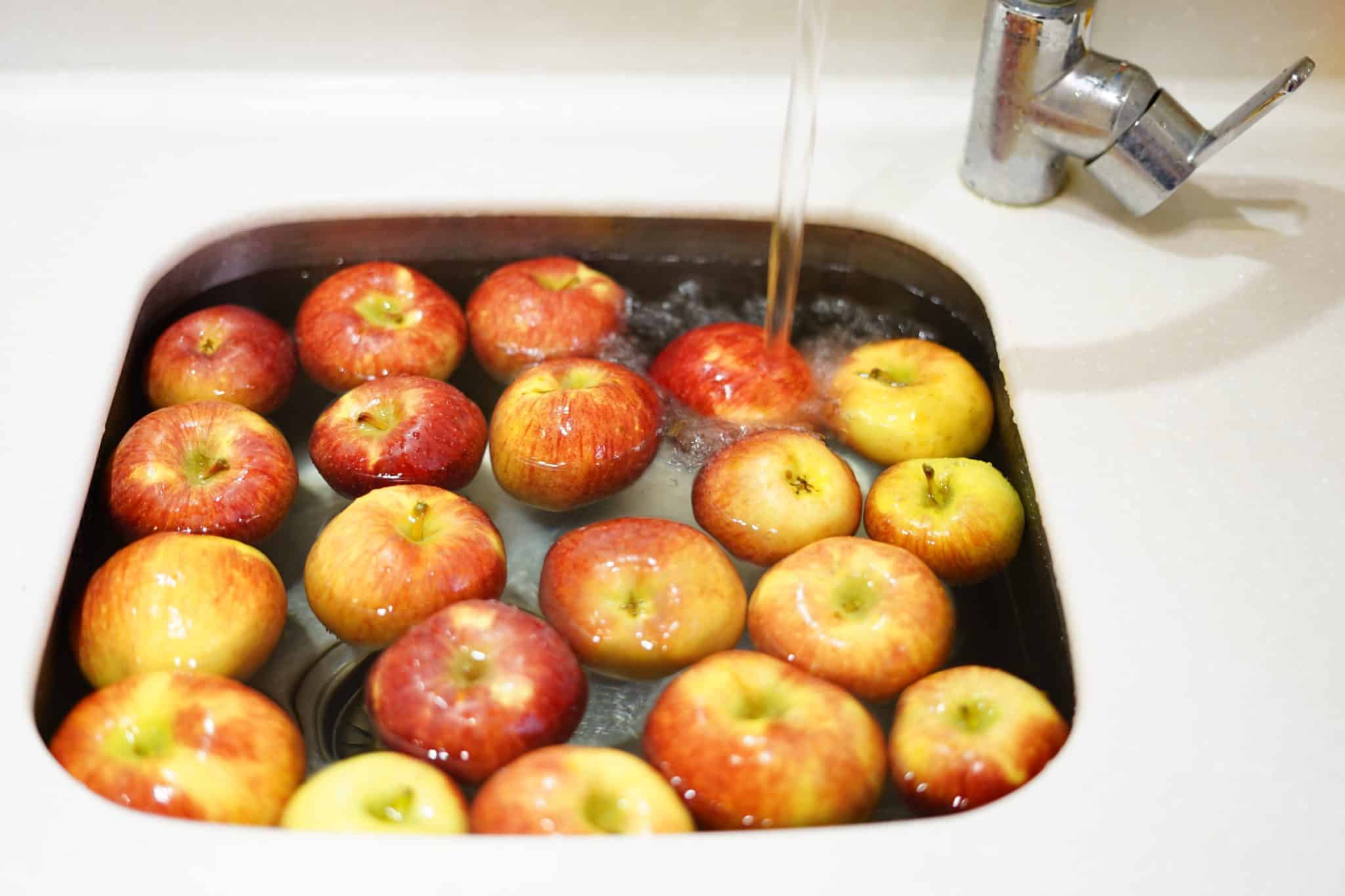How to Clean a Sink Drain: 3 Expert Tips
 One of the things I like about my job is that no two days are ever the same. It takes me all over Northern California, to a number of different styles of houses, where folks need help with a number of different challenges. It’s always interesting, which is great when it comes to staving off burnout.
One of the things I like about my job is that no two days are ever the same. It takes me all over Northern California, to a number of different styles of houses, where folks need help with a number of different challenges. It’s always interesting, which is great when it comes to staving off burnout.
I will say, though, that some problems are more common than others. For example, I almost never have to deal with a burst water main, but I do have to handle clogs all the time, especially in kitchens. That’s why today I’d like to talk about my top 3 tips for how to clean a sink drain. My hope is that you find these methods useful and relatively easy so that you can clear your clog and get on with your day—or know when to call the plumber without wasting time and money on bad DIY repairs.
Tip # 1 for How to Clean a Sink Drain: Use a Plunger
The plunger is a great, multi-purpose item in any household and can be a lifesaver when it comes to how to unclog a sink drain. Plus, using a plunger is a great method if you want to unclog your drain without using chemicals. If you find your sink clogs a lot, it may be worth investing in a little plunger specifically for the sink. They have shorter handles and can be a bit easier to use than the ones designed for toilets.
Regardless of what kind of plunger you use, the key to success when using a plunger to clean a sink drain is that you have to make sure your technique is solid. If it is, I find that this trick works most of the time if you’re dealing with a shallow clog. It can be a little messy, though, so brace yourself for that.
Here are my instructions for the plunger method. Be sure to follow them carefully for the best chance at successfully cleaning your clogged drain:
Required items:
- A toilet plunger
- A wet rag
- Petroleum jelly
How to use a plunger on a clogged sink drain:
- Remove the pop-up drain or hair trap in your sink, if it has one, and set it aside.
- Seal up the overflow drain by stuffing a wet rag into it.
- Turn on the faucet and let the water run for a bit.
- Apply a small amount of petroleum jelly around the lip of the plunger to improve the seal. Make sure you use gloves if you’re using the same plunger you use for your bathroom.
- Place the plunger over the drain, make sure you have a good seal, and start plunging.
- Keep doing this until you see gunk coming up from your pipes and the sink starts to drain properly.
- Remove the gunk and run some hot water down the pipes to help clear any leftover debris.
Tip # 2 for How to Clean a Sink Drain: Use a Snake
If you’ve tried the plunging method and haven’t had luck, but are still determined to unclog the drain on your own, it’s time to try a snake. This method works in a different way than a plunger; it attaches to the clog so that you can pull it out. This works well for drain clogs that are a little deeper, which the plunger may not be able to reach.
I typically recommend this method to people who have a little bit of plumbing knowledge. Using a snake can be a little tricky, and if the plunging got a bit too messy for you, you may have some issues with this one as well. It can get pretty yucky, pretty quickly—don’t say I didn’t warn you! If I’ve sufficiently freaked you out, and you don’t feel like you can handle this one on your own, call a plumbing pro and they’ll happily do the dirty work for you.
Required items:
- A drain snake
- A bucket
How to use a snake for cleaning out a clogged drain:
- Remove the pop-up drain or hair trap in your sink, if you have one, and set it aside.
- Insert the end of the snake into the drain and turn the handle clockwise while simultaneously pushing so that the auger starts to descend down the drain. Make sure your grip is about 3 or 4 inches from the drain, as this will make it easier for you to feel the clog and will give you more control over it.
- Keep turning the handle until you feel some resistance. If you’ve hit a clog, you’ll know because it will give slightly as you drill the snake in further. If it’s the p-trap, it’s a bit tough to get the snake to curve, but once it’s through the bend, it will get easier.
- When you feel as though you’ve hit the clog, keep turning that snake handle clockwise to hook it. You may feel the snake push through the other end of the debris. At this point, pull up the snake gently so that the clog stays hooked on the snake.
- Empty the debris that is on the snake into the bucket. Run some water to see if the drain is sufficiently unclogged. If it still seems a bit sluggish, you may need to repeat the process.
Tip #3 for How to Clean a Sink Drain: Call an Expert
If you’ve tried both of the above DIY tips to no avail, or dealing with your own plumbing just isn’t your thing, then it’s time to call a plumbing pro like the friendly folks at Bell Brothers. Chances are that the clog might be deeper than you’re able to deal with yourself. What’s great is that they have all the right tools and experience needed to diagnose your unique plumbing problem and get the job done fast.
Before you know it, your drain will be clean and clear and draining like a charm and you won’t have had to deal with any yucky mess. Plus, speaking from experience, we plumbing pros don’t mind dealing with plumbing messes. In fact, it’s what we do best.
At Bell Brothers, our trained plumbing professionals would love to come and clear your clogged drain—seriously. Plus, if you’re wondering how to finance energy efficient upgrades to your home, we can help you find unique financing options. Contact us today to schedule a free in-home consultation.
Image courtesy Unsplash user Talal Ahmed

